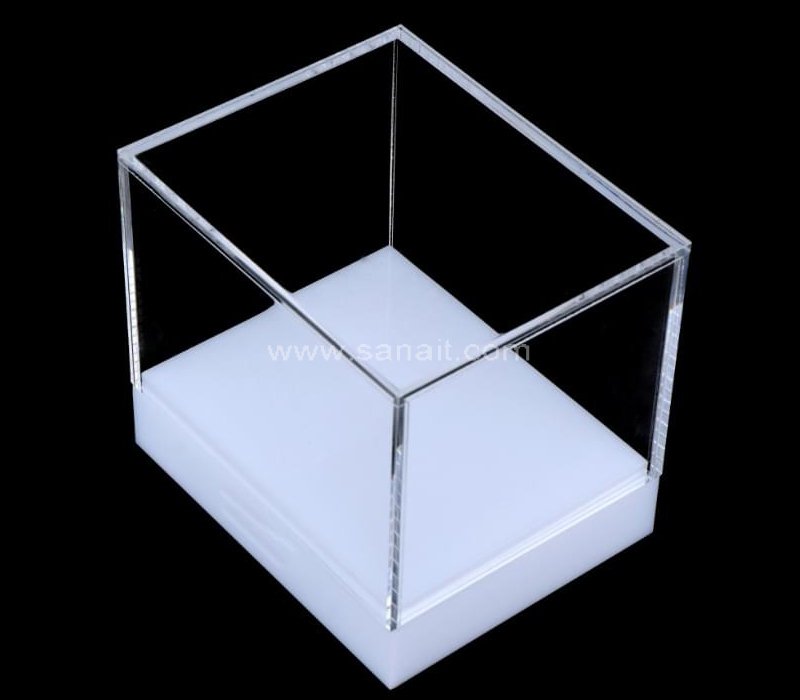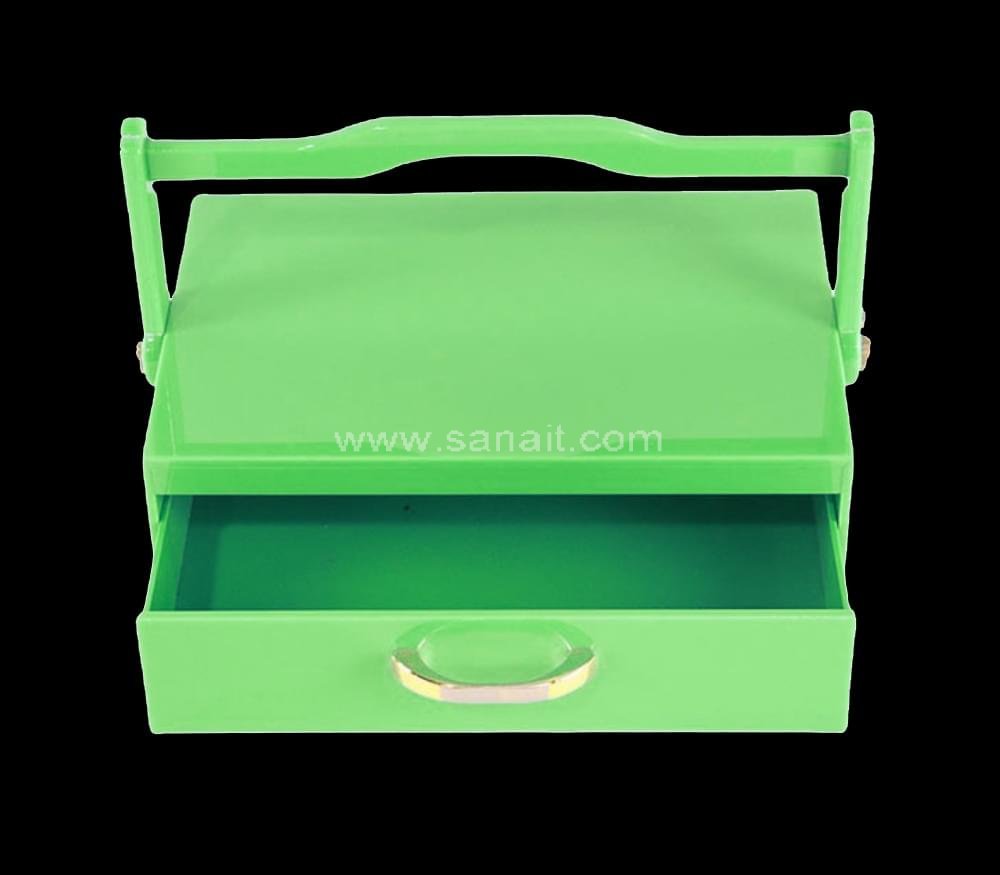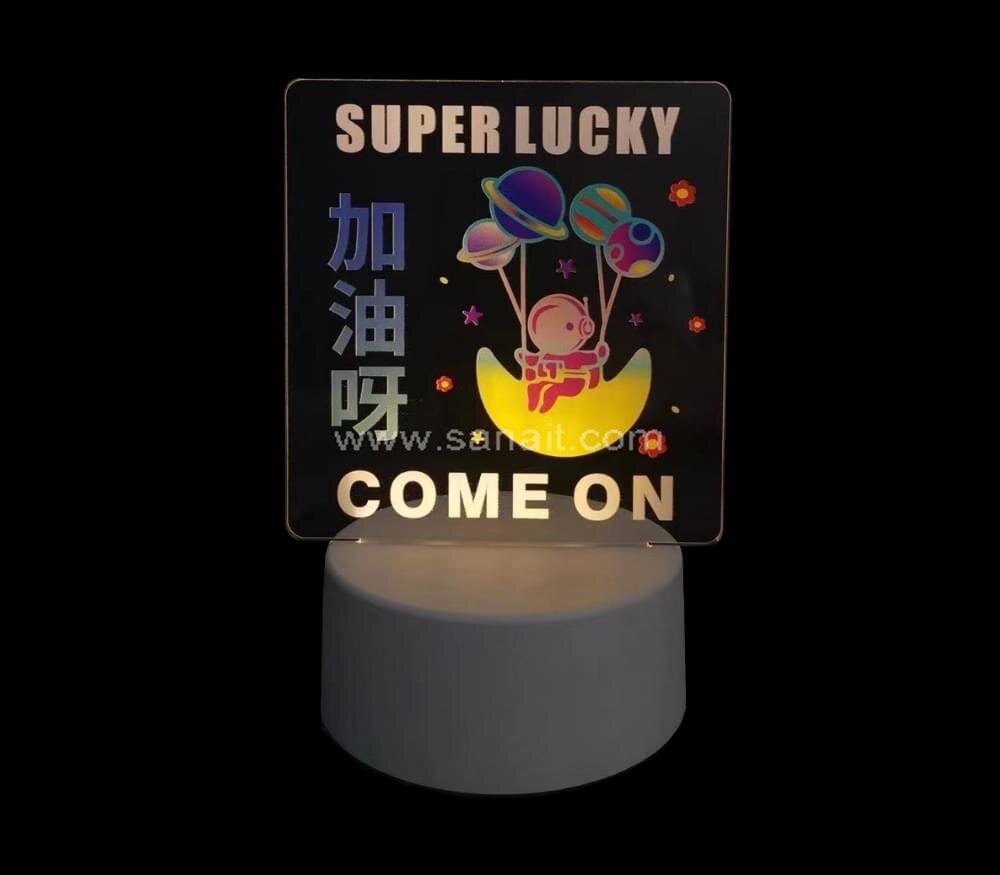Acrylic, also known as polymethyl methacrylate (PMMA), is a versatile and transparent thermoplastic material that has found its way into a wide range of industries due to its exceptional properties. Its clarity, durability, and ease of fabrication make it a favored choice for various applications. This article delves into the diverse fields where acrylic products are utilized and explores the current innovative trends driving the development of this remarkable material.



Applications in Different Industries
- Architecture and Construction: Acrylic’s optical clarity and lightweight nature make it an excellent alternative to glass for architectural applications. It is used for windows, skylights, and canopies in modern buildings, offering both energy efficiency and aesthetic appeal. Acrylic’s versatility is also demonstrated in its use for interior design elements like furniture, lighting fixtures, and decorative panels.
- Automotive and Transportation: Acrylic is used in the automotive industry for various purposes. It is employed for manufacturing windshields, windows, and exterior lighting covers due to its impact resistance and UV stability. The material’s ability to be easily molded and shaped also allows for innovative vehicle designs.
- Retail and Advertising: Acrylic is a favored choice for retail displays, signage, and point-of-sale materials. Its transparency enhances product visibility, and it can be molded into intricate shapes to create eye-catching displays. Acrylic’s reflective and refractive properties also make it an ideal material for illuminated signs.
- Medical and Healthcare: Acrylic’s biocompatibility and optical clarity make it suitable for medical applications such as protective barriers, medical equipment, and even prosthetic devices. It is also used for creating dental appliances and eyewear lenses.
- Art and Design: Acrylic is widely used by artists and designers for various creative projects. Its versatility allows for the production of sculptures, installations, and even furniture pieces that can incorporate vibrant colors and unique shapes.
Innovative Trends
- Advanced Formulations: Researchers and manufacturers are continuously developing advanced formulations of acrylic that offer enhanced properties. These formulations may include improved impact resistance, better UV stability, increased chemical resistance, and higher heat tolerance, expanding the range of potential applications.
- 3D Printing: Acrylic has found its way into the realm of 3D printing. With the development of acrylic-based filaments, designers and engineers can create intricate and durable prototypes, components, and artistic pieces using additive manufacturing techniques.
- Smart Materials: The integration of acrylic with smart technologies is an emerging trend. By incorporating sensors, lighting elements, and even digital displays into acrylic products, the material’s functionality can be enhanced for applications in interactive displays, architectural lighting, and wearable technology.
- Sustainability: As environmental concerns grow, there is a push towards sustainable materials. Manufacturers are exploring ways to produce acrylic from renewable sources and improve its recyclability. Additionally, the durability of acrylic products contributes to their longevity and reduces the need for frequent replacements.
- Nanotechnology: Nanotechnology is being utilized to enhance the properties of acrylic even further. By incorporating nanoparticles into acrylic formulations, researchers are creating materials with improved scratch resistance, self-cleaning properties, and even antibacterial capabilities, making them suitable for specialized applications such as medical equipment and outdoor signage.
Acrylic’s versatility and remarkable properties have led to its widespread use across various industries, from architecture to healthcare, and from automotive to art. As technology and materials science continue to advance, we can expect further innovations in acrylic formulations, 3D printing applications, smart materials integration, and sustainable production methods. These trends will not only expand the possibilities for acrylic use but also contribute to its continued relevance in the modern world.
